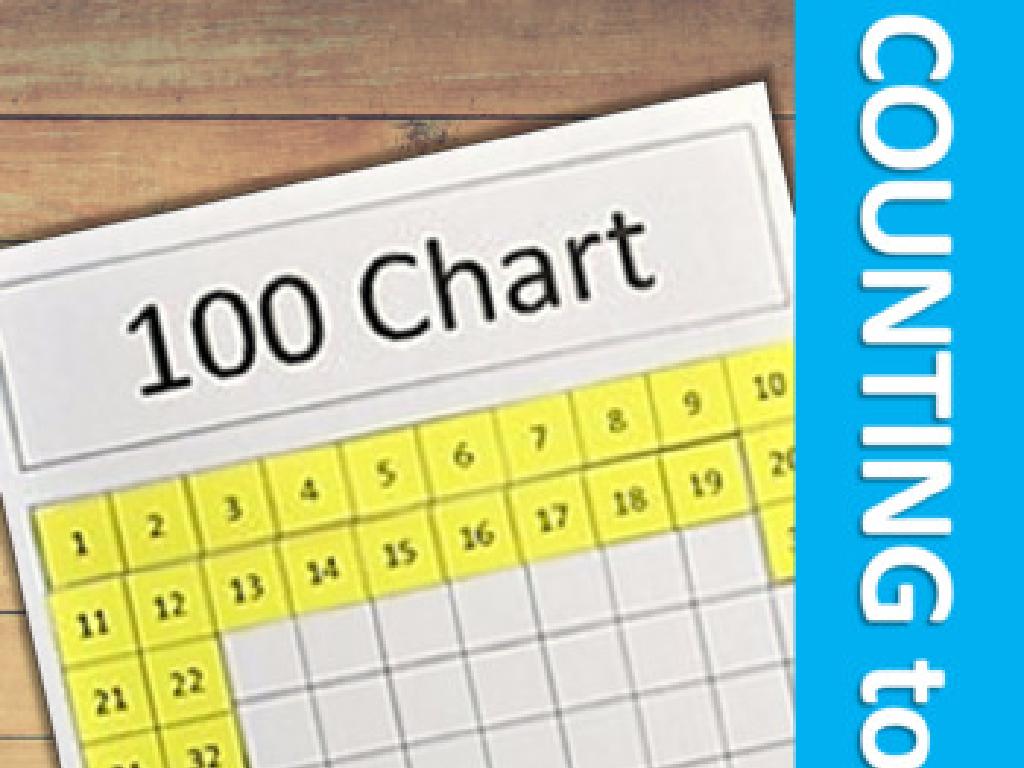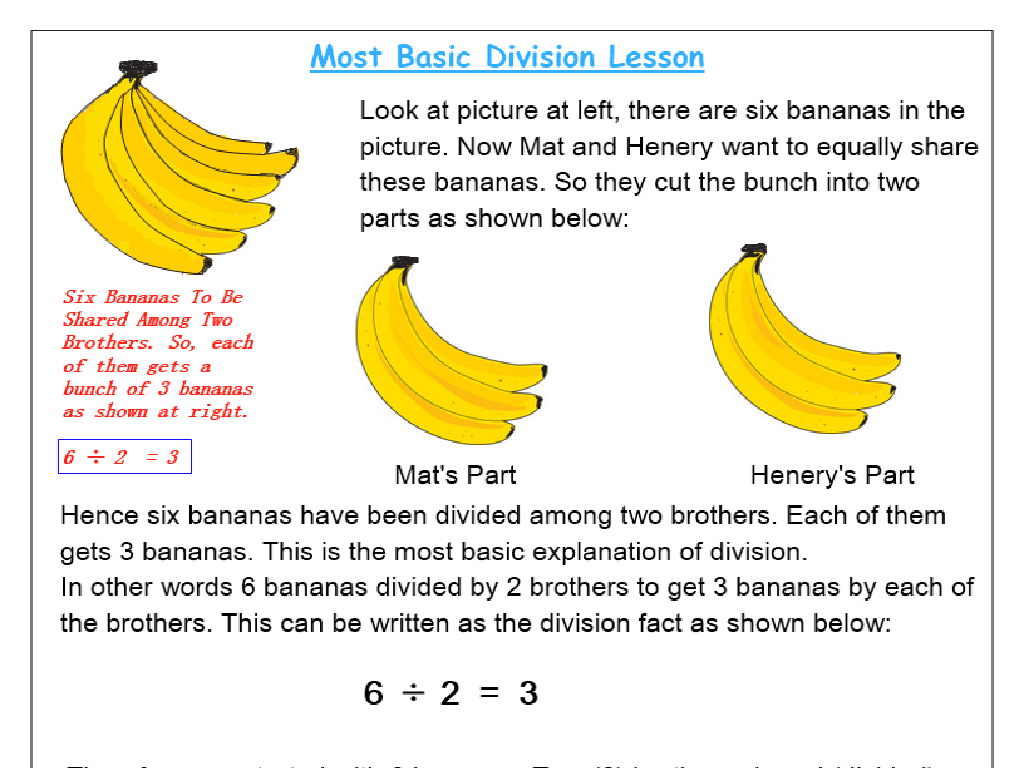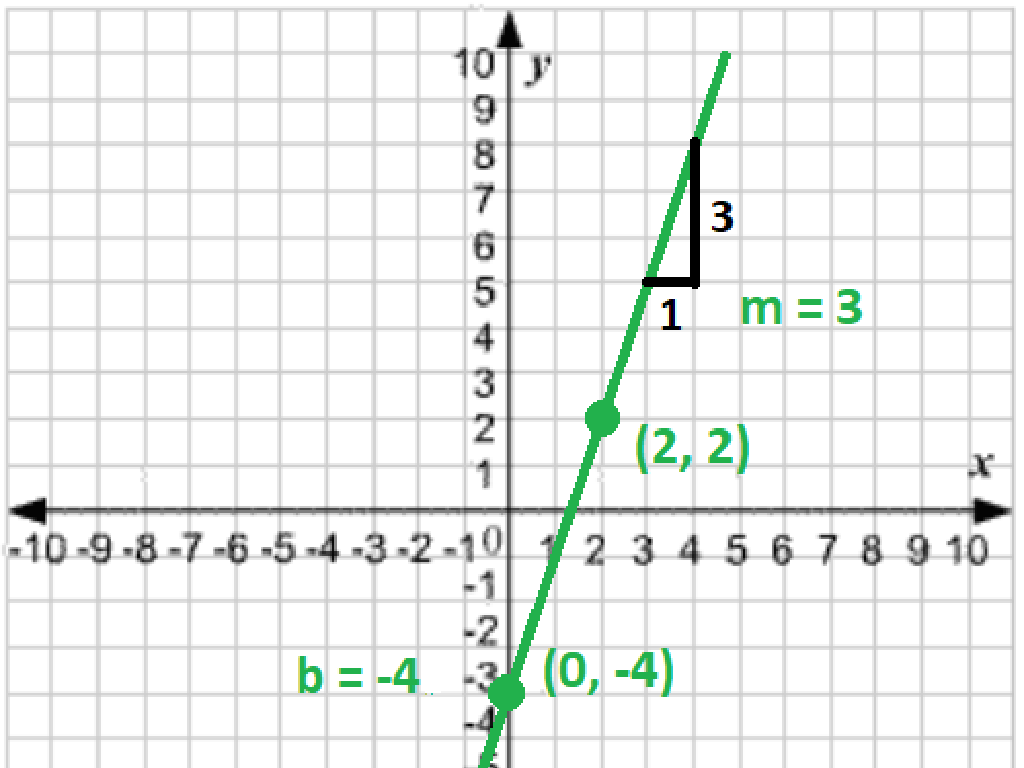Translations: Find The Coordinates
Subject: Math
Grade: Seventh grade
Topic: Transformations
Please LOG IN to download the presentation. Access is available to registered users only.
View More Content
Translations: Moving Shapes on a Plane
– Understanding mathematical transformations
– Transformations include translation, rotation, reflection.
– Translations: sliding shapes without rotating
– Imagine sliding a book across a table; that’s a translation.
– Real-life examples of translations
– GPS navigation uses translations to represent movement.
– How to find new coordinates after translation
– Use the rule (x, y) -> (x+a, y+b) to find new position.
|
This slide introduces the concept of transformations in mathematics, with a specific focus on translations. Begin by explaining that transformations are operations that move or change shapes in some way, including translations, rotations, and reflections. Emphasize that translations involve sliding a shape in any direction without rotating it. Provide relatable examples, such as moving a piece of furniture or navigating with GPS, to illustrate translations in the real world. Finally, teach students the rule for finding the coordinates of a translated point by adding the translation vector to the original coordinates. Encourage students to visualize the process and practice with simple translations on graph paper.
Understanding Translations in Geometry
– Define geometric translation
– A translation moves a shape in a straight line without turning it.
– Translations: sliding without rotating
– Imagine sliding a book across a table; it moves but doesn t flip or grow.
– Consistent movement across points
– Each point of the shape shifts the same exact way.
– Translations in coordinate plane
– We can track the change using (x, y) coordinates for before and after.
|
This slide introduces the concept of translation in geometry, which is a type of transformation. A translation involves moving every point of a shape the same distance in the same direction. It’s like sliding an object from one place to another without rotating it or changing its size. Emphasize that the shape remains congruent to the original. Use the coordinate plane to illustrate how points move from one location to another, maintaining their relative positions. This concept is foundational for understanding how shapes interact within a given space, and it’s important for students to visualize and practice with concrete examples.
Identifying Translations in Geometry
– Recognize translated shapes
– Look for shapes that have slid over the plane without rotating or resizing.
– Compare original & translated shapes
– Place the original and the new shape on graph paper to see the differences.
– Note equal distances in translations
– Each point of the shape moves the same distance in a translation.
– Observe parallel paths
– During a translation, all points of the shape move in parallel directions.
|
This slide aims to help students identify and understand translations in geometry. A translation is a type of transformation that slides a shape across a plane. Students should learn to recognize translated shapes by observing that they have the same size and shape as the original but are in a different position. By comparing the original and translated shapes, students can notice that all points of the shape have moved the same distance in the same direction, which is a key characteristic of translations. It’s crucial to emphasize that the paths taken by the points of the shape are parallel to each other. Encourage students to practice by using graph paper to visualize translations and by drawing their own examples.
Coordinates and Translations
– Coordinates role in translations
– Coordinates tell a point’s location on a grid.
– Finding new coordinates
– Add or subtract to x and y to translate.
– Example: Point A to A’ translation
– A (3, 4) moves right by 4 units to A’ (7, 4).
– Practice with coordinates
|
This slide introduces the concept of translations in the coordinate plane. Start by explaining how coordinates help us describe the exact location of points. Then, show how to find new coordinates after a translation by adding or subtracting values from the original coordinates. Use the example of translating point A (3, 4) to A’ (7, 4) to illustrate a translation along the x-axis. Encourage students to practice by picking points and translating them by different units in either direction. This will help solidify their understanding of how translations work and how to find the coordinates of translated points.
Calculating Translation Vectors
– Define Translation Vector
– A vector describes how far and in what direction to slide a point.
– Horizontal & Vertical Components
– Horizontal (left/right) and vertical (up/down) shifts in a graph.
– Apply Vectors to Coordinates
– Use vectors to slide points to new positions on the coordinate plane.
– Practice with Examples
– Let’s move (3,4) by vector (1,2) to find new coordinates.
|
Introduce the concept of translation vectors as a way to move points on a coordinate plane. Explain that these vectors have two components: horizontal (x-axis) and vertical (y-axis). Demonstrate how to apply these vectors to an original set of coordinates to find the new location of the point. Provide several examples for students to practice, such as translating a point by a given vector and finding the resulting coordinates. Encourage students to visualize the movement as sliding the point along the plane without changing its orientation.
Translations: Practice Problems
– Work through translation examples
– Find coordinates with vectors
– Use vectors to shift points on a graph
– Challenge: Translate a triangle
– Apply translation to triangle ABC
– Determine new vertices coordinates
– Calculate new positions for A’, B’, and C’
|
This slide is designed to engage students with hands-on practice in translating geometric shapes on the coordinate plane. Start by solving translation examples as a class to demonstrate the process. Emphasize the role of vectors in determining the direction and distance of translations. For the challenge, have students apply their knowledge to translate a triangle on the graph and find the new coordinates of its vertices. This will test their understanding of the concept and their ability to apply it to more complex shapes. Provide guidance on how to add or subtract vector values from the original coordinates to find the new positions. Encourage collaboration and peer discussion to foster a deeper understanding of the material.
Class Activity: Coordinate Translation Game
– Pair up for a translation challenge
– Receive your set of translation vectors
– Draw and translate shapes on grid paper
– Use the vectors to slide the shape on the grid
– Share your new coordinates with the class
– Discuss how the shape moved with your partner
|
This interactive class activity is designed to help students understand the concept of translations in a fun and engaging way. Each pair of students will work together, using grid paper to draw a shape and then apply a set of translation vectors to move the shape to a new position. The vectors will indicate how far to slide the shape along the grid. After completing the translation, students will identify the new coordinates of their shape’s vertices and share the results with the class. As a teacher, circulate the room to assist pairs as needed, ask guiding questions to ensure understanding, and encourage students to discuss how the shape’s position changes with each translation. Possible shapes include triangles, rectangles, and parallelograms. This activity reinforces the concept of coordinate translation and helps students visualize the effects of applying vectors to shapes on a plane.
Wrapping Up: Translations & Looking Ahead
– Recap today’s translation lesson
– Emphasize practice for mastery
– Practice solidifies understanding of translating shapes on a coordinate plane.
– Homework: Translation worksheet
– Worksheet includes various translation exercises.
– Prepare for reflections lesson
– Understanding translations is key before learning about reflections.
|
As we conclude today’s lesson on translations, it’s crucial to remind students of the key concepts covered. Reinforce the importance of practicing translations to become proficient. For homework, students should complete the provided worksheet, which will contain a series of translation problems to solve. This will not only reinforce today’s lesson but also serve as a foundation for tomorrow’s topic on reflections. Encourage students to approach the worksheet methodically and to review their notes from today if they encounter difficulties. Remind them that understanding translations is essential before moving on to reflections, as both are fundamental aspects of understanding geometric transformations.





